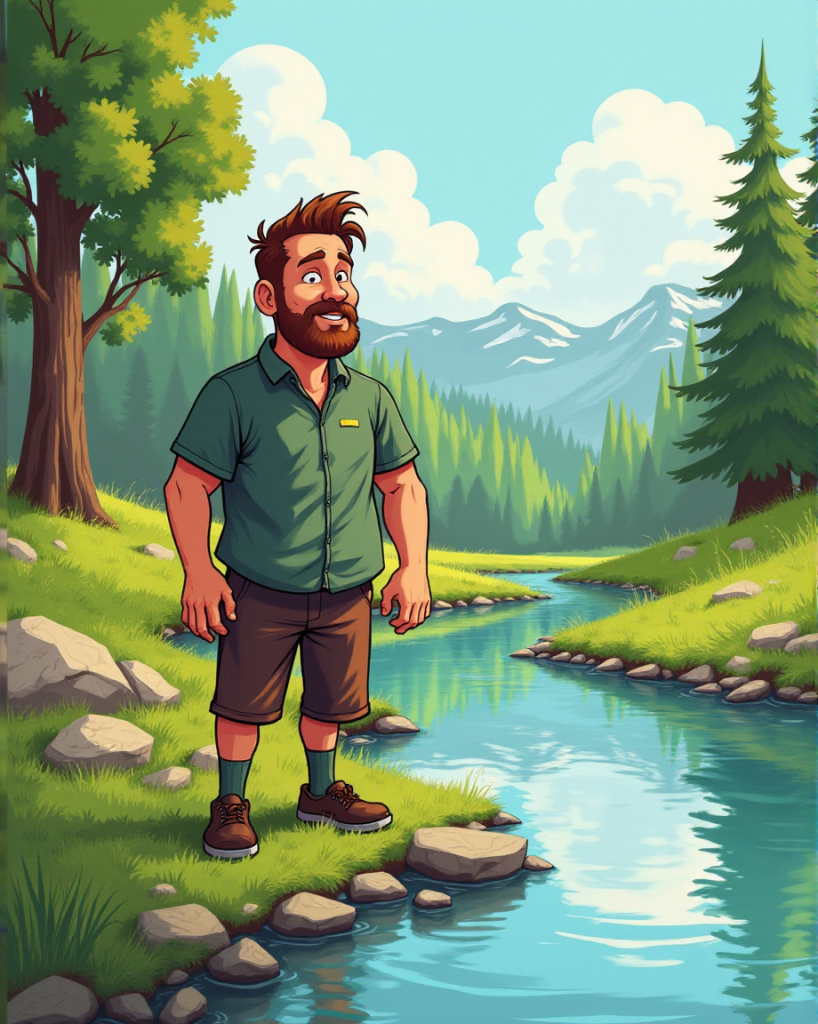Some engineers are specialized in constructing valves. They do nothing else; they just construct valves, all day long. Now someone might ask: Isn’t thisit boring, to occupy your mind with nothing but valves all day long? But actually it is a very interesting field. There are valves for air and valves for steam, and then there are some for water and some for oil. There are high- pressure valves and thermostat valves. There are regulators for monitoring the temperature of a liquid, for instance in the shower. There are valves, which activate themselves and others, which can be operated only by hand, and there are some which work both automatically and manually.
One could think that valves are a human invention, but nature also knows valves and regulators of many different kinds. We find natural valves at the entrance of the gullet and of the air tube, at the exits of the stomach and of the bladder, and at the end of the intestines. Many glands are using some kind of valve. There are the heart valves, and in the veins, there are valves to ensure that the blood flows in the right direction.
We are used to turning the heat on when we are cold, and to turning it off when we are warm. We use a control for the central heating, if we want to change the temperature of the oven. We know that we can turn off the water in the house if a pipe bursts in the winter. We are used to regulating the amount and temperature of the water in the bath tub, and to accelerating and slowing down our car. We are used to our bicycle tyres being filled with air, a kettle whistling, and a steamer cooking our meals. For all this we use valves. They serve our purposes without us having to think about them. But there is one important difference between the valves of our body and the technical ones invented by humans. If a technical valve is set in the wrong position someone must come and readjust it. The natural valves of our body and soul adjust and get set all by themselves, and they can – if necessary – independently readjust themselves at any time.

